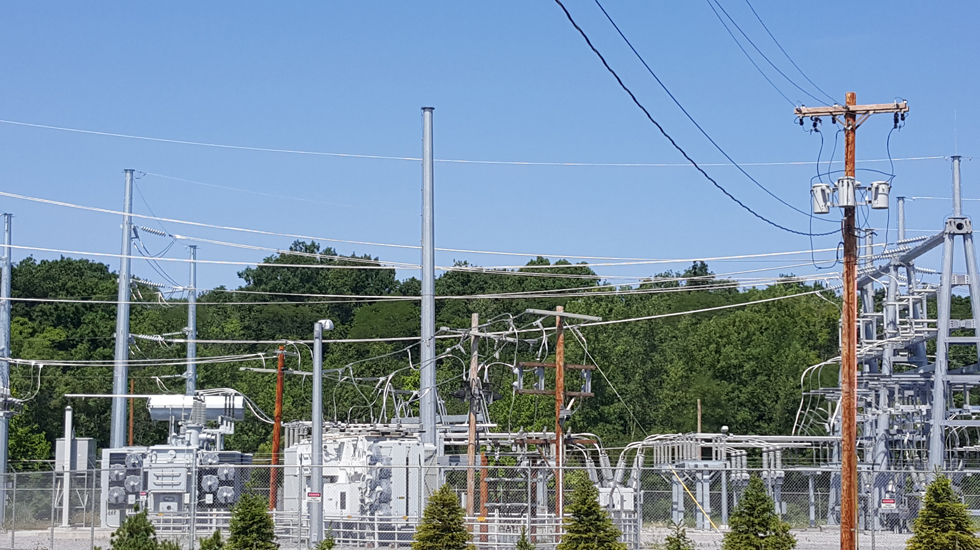In my opinion, environmental sustainability is being undermined by an increasing disconnect between the sources of the products/resources we use, and their subsequent end-users – us. Take electricity for example, arguably one of the most wasted resources there is. We use it to power almost all of our home and office appliances yet, we don’t stop to think about where it comes from, how it’s made, and how our liberal use of it could be having some negative impact(s) somewhere and on someone. Because we are no longer directly attached to the people and the complex processes that go into making the things we use on a daily basis, we tend to use our resources in ways that are grossly unsustainable.
Electricity: Cradle to the grave.
Generally, there are 2 main processes involved in providing power to your appliances: power generation and power transmission.
Power generation most of the US’ electricity is produced at commercial power plants, each capable of providing electricity for thousands if not hundreds of thousands of households. The capacity of each power plant depends primarily on the type of fuel used, with the largest power plants in terms of capacity typically being hydro-electric and nuclear power plants. Regardless of the fuel type or energy source used, the basic principle behind power generation is the same: thermal or kinetic energy from the fuel source turns a spinning electrical generator which in turn, creates electricity. This electricity is then either stored in batteries or sent to step-up transformers which ready it for transmission. *This process of power generation is a major source of Greenhouse gasses globally, due to the high levels of CO2 and NOXs released during the combustion processes.
Transmission and distribution– after the step up transformers have “stepped up” the electricity sometimes up to 700,000 volts, it is then transferred to the transmission grid– heavy-duty, high-power lines that are suspended on pylons for long distance transmission (up to 300 miles). From the transmission grid, the electricity is transferred to a substation near populated areas where it is then “stepped down” to voltages suitable for smaller distribution lines. From these substations, the electricity is then transferred to the distribution grid which carries the lower voltage electricity to its consumers. Depending on the final destination (residential vs. industrial), this electricity may or may not be “stepped down” again before it can be used. *The US Energy Information Administration (EIA) estimates that ~6% of all electricity produced in the US is lost during transmission and distribution annually.
Usage– finally, electricity is transferred to your home/office’s power outlets through electrical cables concealed in ceilings and walls. *Electricity wastage in homes and offices is primarily attributed to redundant devices, phantom loads and negligent/improper use of electrical appliances (incl. leaving things on for longer than they need to be).
Because this is an over-simplistic account of what actually happens, it is worth noting that a lot more environmental damage occurs during the extraction and transportation of fuel sources for the power plants, but that’s an article for another day. Nonetheless, the key takeaway here is that because we are so disconnected from even the simple processes described above, we don’t see the negative impacts and outcomes that actions as “innocent” as turning on a TV or making a cup of coffee have on the environment and on other people. I think that for environmental sustainability to become a reality, we need to somehow bridge this gap between a resource’s production and its subsequent consumption.
Written by Adil Nyambasha, Class of 2018.

